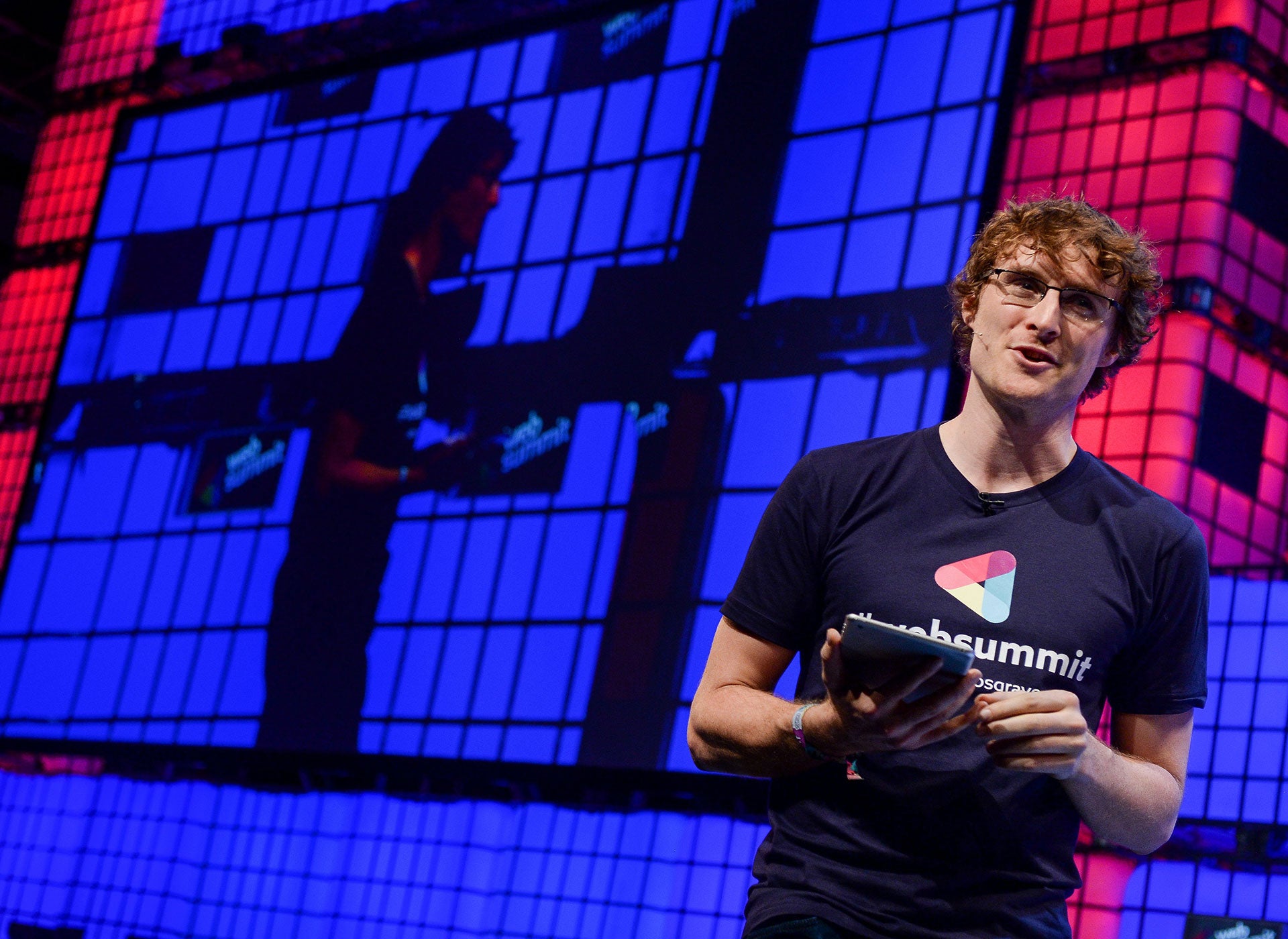
Paddy Cosgrave, the CEO of Web Summit, the company behind some of the world’s largest technology conferences including this week’s Collision from Home, has said that hybrid events that combine virtual, interactive experiences with physical in-person conferences will be the dominant format in the future.
Speaking at a press conference during Collision from Home, Cosgrave argued that interactive online platforms will offer added value to physical events even after the coronavirus pandemic has ended, increasing access to those who cannot or do not want to make the cost and time commitment required to travel.

Access deeper industry intelligence
Experience unmatched clarity with a single platform that combines unique data, AI, and human expertise.
“I think the future of our events is a hybrid,” he said, pointing to startups, which Web Summit events place particular focus on.
“We’re seeing participation from Africa, from parts of central Asia, where perhaps the purchasing power of startups in all of these countries is not as high as maybe in Europe or in the United States or Canada. So travelling to an event in Toronto or Lisbon represents a huge expense.”
Collision at Home: Building the blueprint for virtual and hybrid events
Collision at Home, which is running until the end of Thursday, is the online version of Collision, which had been set to be held in Toronto, Canada this week. The Web Summit team took the decision to make it online-only in March, giving them 12 weeks to build a custom online platform that augments the app that has underpinned its previous physical events.
“We set about conceiving what we thought were the missing features in creating a compelling online experience, and over the last number of weeks, starting about eight weeks ago, we began to build out those features with a very heavy emphasis on video and networking,” he said.

US Tariffs are shifting - will you react or anticipate?
Don’t let policy changes catch you off guard. Stay proactive with real-time data and expert analysis.
By GlobalDataThe result is a conference where virtual attendees can watch talks across several different streams, participate in Q&As with speakers, and arrange one-to-one networking sessions with others in attendance.
Additional features are also being rolled out throughout the event, including Mingle, which is being rolled out today and enables visitors to be randomly paired with other attendees on a video call, in a manner reminiscent of Chatroulette.
“I think it’s fantastic,” said Cosgrave of the Mingle feature.
“It’s a really nice way to interact with people and it’s a very kind of beautiful feature.”
This focus on networking represents a step up from many other tech events that have been hastily switched to an online format in light of the pandemic, many of which have simply provided a series of video streams.
“I think there are some fantastic online conferences already that I’ve participated in. They’re very content heavy, very content focused. And it’s a wonderful way to watch people speak or talk with each other,” said Cosgrave.
“But for me, and at least for the type of events that we organise, networking between participants or attendees, between speakers, between investors and startups, is really at the core of our events.”
While there have been some teething problems, such as an overloaded authentication API at the start of day one when thousands of people tried to log in for the first time all at once, the event has generally run smoothly, and has attracted over 32,000 attendees so far, from “pretty much all over the world”.
“The participation, I think, of the attendees is much broader than ever before, because there’s no constraint or cost to travel and accommodation,” he said.
Towards Web Summit: Making a hybrid conference a reality
As a data-driven conference provider that places great focus on helping people meet potential business partners and investors, the need to make virtual conferences work has been vital for the company during this period, but it also provides a testing ground for the company’s flagship event at the end of this year: Lisbon’s Web Summit.
With so much uncertainty around the pandemic, the company does not yet know how much of the event – or more specifically how many attendees – it will be able to host in-person. As a result, making Web Summit 2020 a hybrid event with a clear virtual component has been key.
Talks will be filmed in studios both in Lisbon and in other cities across Portugal, but the company is hoping to make it the biggest ever version of the event, topping last year’s 70,000 attendees, through virtual participation.
“Web Summit is the next major milestone for us and we’re really excited about doing that,” said Cosgrave.
“I think the largest number of people to ever participate in Web Summit will happen this December, because of the online platform and I’m really interested in marrying that platform with our host country Portugal, in a way we’ve never been able to do before.”
Building a platform for virtual events
However, while Collision at Home has provided a vital testing ground for Web Summit, the platform the company has developed has also provided a new potential revenue stream for it, as a solution for other organisations looking to hold virtual events online.
“In my view, this is our demo day of an online platform that we hope may also be of use to other organisers of some of the largest conferences and events in the world,” said Cosgrave.
“I think when you run events in the tens of thousands of people, it’s a very bespoke experience and some of the things that are required, some of the features, are somewhat different from much smaller events. And hopefully this platform that we’ve built, in the coming weeks and months will start to be used by some of our partners that we’ve been talking with over the last over the last 12 weeks.”
While Cosgrave declined to name any of the specific organisations that would be using the platform, he suggested users would include “some of the biggest companies in the world… super national organisations, NGOs and political organisations” that are “long-standing partners”.
Organisations that have regularly partnered with Web Summit include Amazon Web Services, Google, Microsoft and the United Nations, so these may be among the users Cosgrave is referring to.
“We’re very excited about other people using our software,” he said.
“We’ve learned a lot over the last two days, just from people using the platform. And we’re really excited about watching the platform evolve.
“If we could build this in in eight weeks, with this experience, combined with six months, we think by the time we get to Web Summit in December, the experience that people can have will be will be something else.”
Read more: Thousands turn to virtual economy to make money amid economic uncertainty







